How to Improve Your Observation Skills for Better Drawings
Are you an artist looking to take your drawings to a whole new level? If so, then enhancing your observation skills is your golden ticket! Observation is not just about seeing; it’s about truly understanding what you see. Imagine trying to capture the essence of a beautiful landscape without really noticing the way the light dances on the leaves or how the shadows create depth. It’s like trying to navigate through a foggy maze—without clear vision, you might miss the path that leads to your artistic breakthroughs. In this article, we’ll explore various techniques and strategies to sharpen those observation skills, helping you create more accurate and expressive drawings through focused practice and mindful techniques.
Observation is the heart and soul of drawing. It’s the bridge between what you see and what you put on paper. When you develop a keen sense of observation, you’re not just replicating what’s in front of you; you’re capturing the essence of your subject. Think about it: a photograph can freeze a moment in time, but a drawing can convey emotion, depth, and a personal touch that a camera simply can’t replicate. By honing your observation skills, you’ll find that your drawings become not just more accurate, but also more expressive, inviting viewers to connect with your art on a deeper level.
There are numerous techniques you can employ to enhance your observation skills, transforming the way you approach your art. Let’s dive into some practical exercises that can help you sharpen your ability to notice the little details that make a big difference in your drawings.
One of the most effective ways to improve your observation skills is through contour drawing. This technique focuses on outlining the subject without glancing at your paper. It may sound simple, but it’s a powerful method that trains your eye to observe shapes and proportions more accurately. When you draw the contours of a subject, you’re forced to really pay attention to the lines and edges, which enhances your overall perception of form.
Blind contour exercises take this concept a step further. In this practice, you draw without looking at your paper at all. Yes, you heard that right! This might feel awkward at first, but it’s a fantastic way to encourage your brain to rely on its observation skills. You’ll find that your hand starts to follow your eyes, improving your hand-eye coordination and allowing you to capture the essence of your subject in a way that feels more intuitive.
Another engaging technique is continuous line drawing. This method allows you to draw without lifting your pencil from the paper. It’s like a dance between your hand and your eyes, promoting fluidity in your lines and encouraging a deeper connection with your subject. By focusing on the flow of your drawing, you’ll begin to see relationships between different parts of your subject, leading to more cohesive and dynamic artwork.
Setting up still life arrangements is an excellent way to create a controlled environment for observation practice. You can choose objects that vary in shape, texture, and color, allowing you to challenge your observation skills in a manageable way. When arranging your still life, consider the following:
- Choose objects with contrasting textures.
- Vary the heights and shapes of the items for visual interest.
- Experiment with different lighting conditions.
By practicing with still life, you can focus on observing how light interacts with surfaces and how shadows create depth, which are crucial elements in achieving realistic drawings.
Reference images can be invaluable for observation practice. They provide you with a wealth of visual information that you can analyze and learn from. But how do you select and analyze reference materials effectively? Let’s explore this further.
Understanding composition in reference images is essential for artists. It helps you learn how to balance elements effectively within your own drawings. When you look at a reference image, take the time to break down the composition. Ask yourself questions like:
- What elements draw my eye first?
- How are the shapes arranged?
- What is the focal point of the image?
By analyzing these aspects, you can apply similar principles to your own work, creating more engaging and well-composed drawings.
Exploring various perspectives in reference images can significantly enhance your spatial awareness. Don’t be afraid to experiment with different viewpoints! Whether it’s a bird’s-eye view or a close-up shot, each perspective offers unique challenges and insights. By incorporating various angles into your practice, you’ll enrich your drawing skills and develop a more versatile approach to your art.
Q: How often should I practice observation techniques?
A: Consistency is key! Aim to practice a little every day, even if it’s just for 15-30 minutes. The more you practice, the more natural it will become.
Q: Can I use digital tools for observation practice?
A: Absolutely! Digital tools can be great for practicing observation, especially with apps that allow you to manipulate images and experiment with different techniques.
Q: What if I feel frustrated with my progress?
A: Frustration is a normal part of the learning process. Remember to be patient with yourself and celebrate small victories along the way!
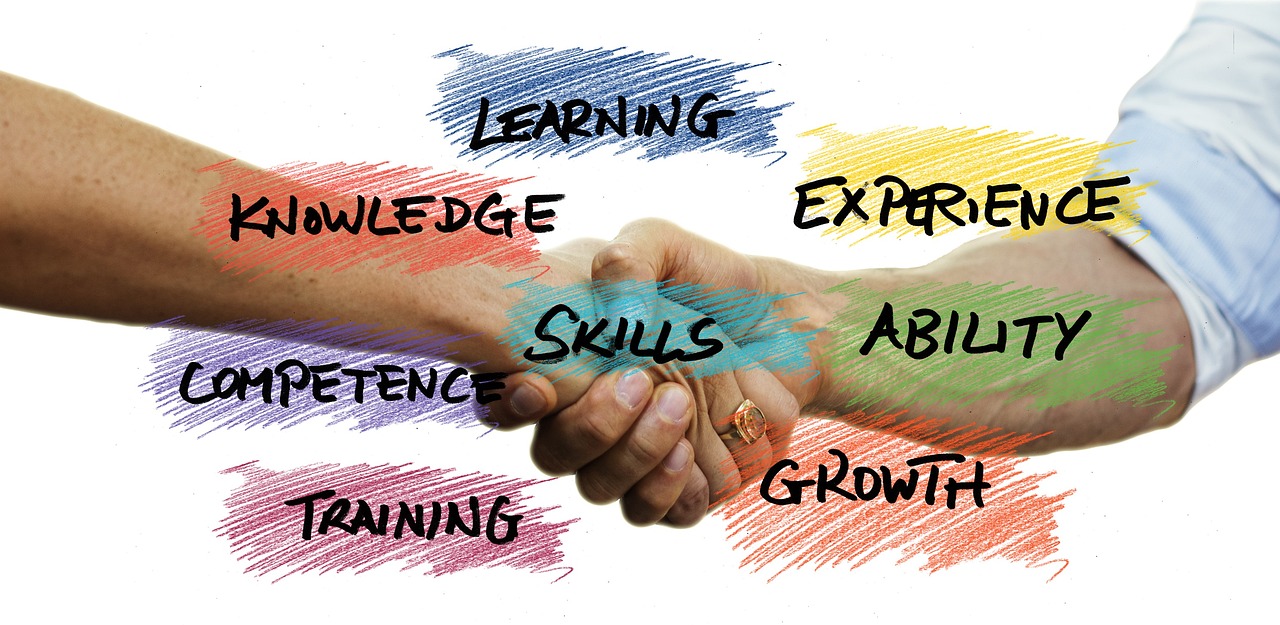
Understanding Observation
Observation is the foundation of drawing, and it’s more than just looking; it’s about truly seeing. When you observe something, you’re not merely glancing at it; you’re engaging with it on a deeper level. This is where the magic happens! The ability to notice subtle details, shapes, and patterns can transform a simple sketch into a stunning work of art. Think of your eyes as a camera lens, capturing not just the surface, but the essence of your subject. Without this keen observation, your drawings may lack accuracy and depth, and you might miss out on the beautiful intricacies that make your art unique.
Why is observation so critical for artists? Well, every stroke of your pencil or brush should be informed by what you see. If you can’t accurately perceive the proportions, angles, and relationships between different elements, your artwork may feel flat or disconnected. Imagine trying to draw a tree without really understanding its structure—the trunk, the branches, and the leaves all have distinct characteristics that need to be captured. By honing your observation skills, you’re not just improving your drawings; you’re also enhancing your ability to communicate your artistic vision.
To illustrate the importance of observation, consider the following points:
- Accuracy: Improved observation leads to more precise representations of your subjects.
- Depth: A keen eye helps you capture the nuances and subtleties that add life to your work.
- Expression: The more you observe, the better you can express your ideas and emotions through your art.
In essence, observation is like a muscle that needs to be exercised regularly. The more you practice, the stronger it becomes. So, whether you’re drawing a bustling cityscape or a tranquil still life, remember that your ability to observe will greatly influence the quality of your work. Embrace the challenge of seeing, and you’ll find that your artistic journey becomes much more rewarding!
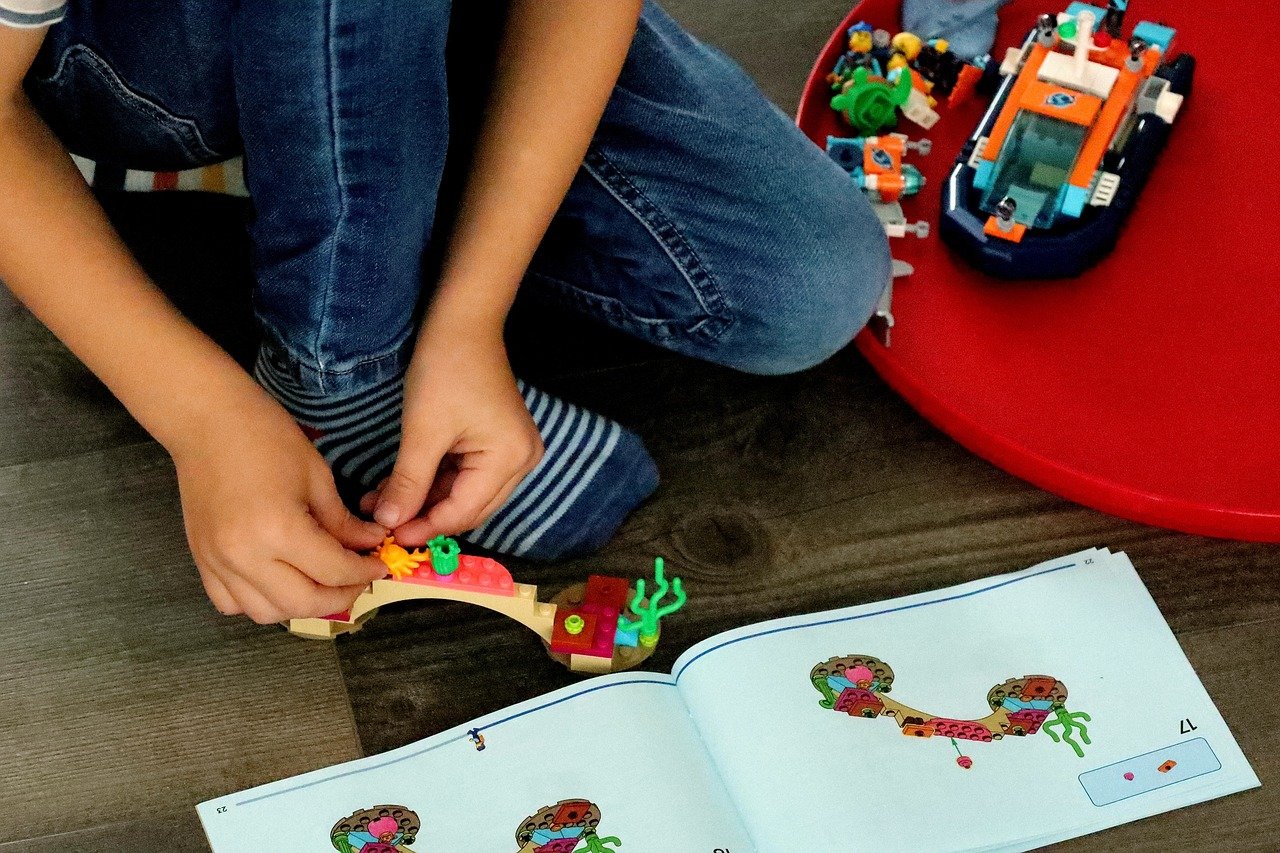
Techniques for Enhancing Observation
When it comes to drawing, observation is your best friend. It’s like having a secret weapon that can elevate your art from basic sketches to stunning representations of reality. But how do you sharpen this skill? Well, the good news is that there are plenty of techniques you can adopt to enhance your observation skills. Each method not only hones your ability to notice intricate details but also deepens your connection to the subject you’re drawing. Let's dive into some practical exercises that can transform the way you see the world around you.
One of the most effective methods is contour drawing. This technique involves focusing on the outlines of your subject without glancing down at your paper. It sounds simple, right? But here’s the catch: by keeping your eyes on the object, you train your brain to recognize shapes and proportions more accurately. It’s almost like playing a game of connect-the-dots, but instead, you’re creating a visual map of your subject. The more you practice, the more you’ll notice subtle nuances that you might have overlooked before.
Now, let’s take contour drawing a step further with blind contour exercises. Imagine trying to draw your friend while keeping your eyes locked on their face, never allowing yourself to peek at the paper. Sounds challenging? It is! But that’s the beauty of it. This exercise forces you to rely solely on your observation skills, significantly improving your hand-eye coordination. You might end up with a few quirky drawings, but that’s part of the fun. Over time, you’ll find that your ability to capture the essence of your subject improves dramatically.
Another fantastic technique is continuous line drawing. Picture this: you’re drawing without ever lifting your pencil from the paper. This method promotes a sense of fluidity, allowing your hand to move freely as you capture the essence of your subject. It’s like dancing with your pencil, creating a rhythm that connects you to what you’re observing. This technique not only enhances your observation skills but also encourages you to embrace imperfections, making your artwork more expressive and alive.
Let’s not forget about the power of still life arrangements. Setting up a still life gives you a controlled environment to practice your observation skills. You can arrange objects that intrigue you—fruits, vases, or even everyday items—and spend time studying them. Take your time to observe the interplay of light and shadow, the textures, and the colors. The beauty of still life is that it allows you to focus deeply without the distractions of a moving subject. You can even create a checklist of aspects to observe:
| Aspect | What to Look For |
|---|---|
| Light | How does it fall on the objects? What shadows are created? |
| Texture | What materials are involved? How do they feel visually? |
| Color | What hues are present? Are there any gradients? |
| Composition | How are the objects arranged? What draws the eye? |
By focusing on these aspects, you’ll not only improve your observation skills but also develop a deeper understanding of how to translate what you see onto paper. Remember, the goal is not just to replicate what you see but to interpret it in your unique style.
In conclusion, enhancing your observation skills is a journey that takes time and practice. But with techniques like contour drawing, blind contour exercises, continuous line drawing, and still life practice, you can transform your artistic abilities. So, grab your sketchbook, choose a technique, and start observing the world with fresh eyes!
- How often should I practice these techniques? Regular practice is key! Aim for at least a few times a week to see significant improvements.
- Do I need special materials for these exercises? Not at all! A simple pencil and paper will do, but feel free to experiment with different tools.
- Can these techniques help with other forms of art? Absolutely! The skills you develop through observation will enhance your abilities in painting, sculpture, and more.

Contour Drawing
Contour drawing is an incredible technique that serves as a gateway to enhancing your observation skills. Imagine trying to capture the essence of an object without ever glancing at your paper. Sounds daunting, right? Yet, this is the very essence of contour drawing. By focusing solely on the subject in front of you, you train your eyes to truly see the shapes, lines, and proportions that make up your subject. It’s like switching on a light in a dark room; suddenly, all the details you never noticed before come into focus.
When you engage in contour drawing, you're not just sketching; you're engaging in a dance between your hand and your eye. This method forces you to slow down and observe every curve and angle, making your drawings more accurate and expressive. The beauty of contour drawing lies in its simplicity and the profound impact it has on your artistic journey. It strips away the distractions and encourages you to connect with your subject on a deeper level.
To get started with contour drawing, here are a few tips that can help you maximize your practice:
- Choose a Simple Subject: Start with something uncomplicated, like a fruit or a simple object. This will help you focus on the fundamental shapes without feeling overwhelmed.
- Keep Your Eyes on the Subject: Resist the temptation to look at your paper. This will force your mind to translate what you see into lines and shapes, improving your hand-eye coordination.
- Don’t Worry About Perfection: The goal here is not to create a masterpiece but to enhance your observation skills. Embrace imperfections as part of the learning process.
As you practice contour drawing, you may find that your drawings begin to take on a life of their own. The lines you create will reflect not just the physical characteristics of your subject, but also the emotional connection you have with it. This technique is more than just a method; it’s a way to express your unique perspective and style as an artist.
In conclusion, contour drawing is a powerful exercise that can dramatically improve your observation skills. By dedicating time to this practice, you will notice a remarkable transformation in your ability to depict the world around you. So grab your pencil, pick a subject, and let your eyes guide your hand. You might just be surprised at what you can create!
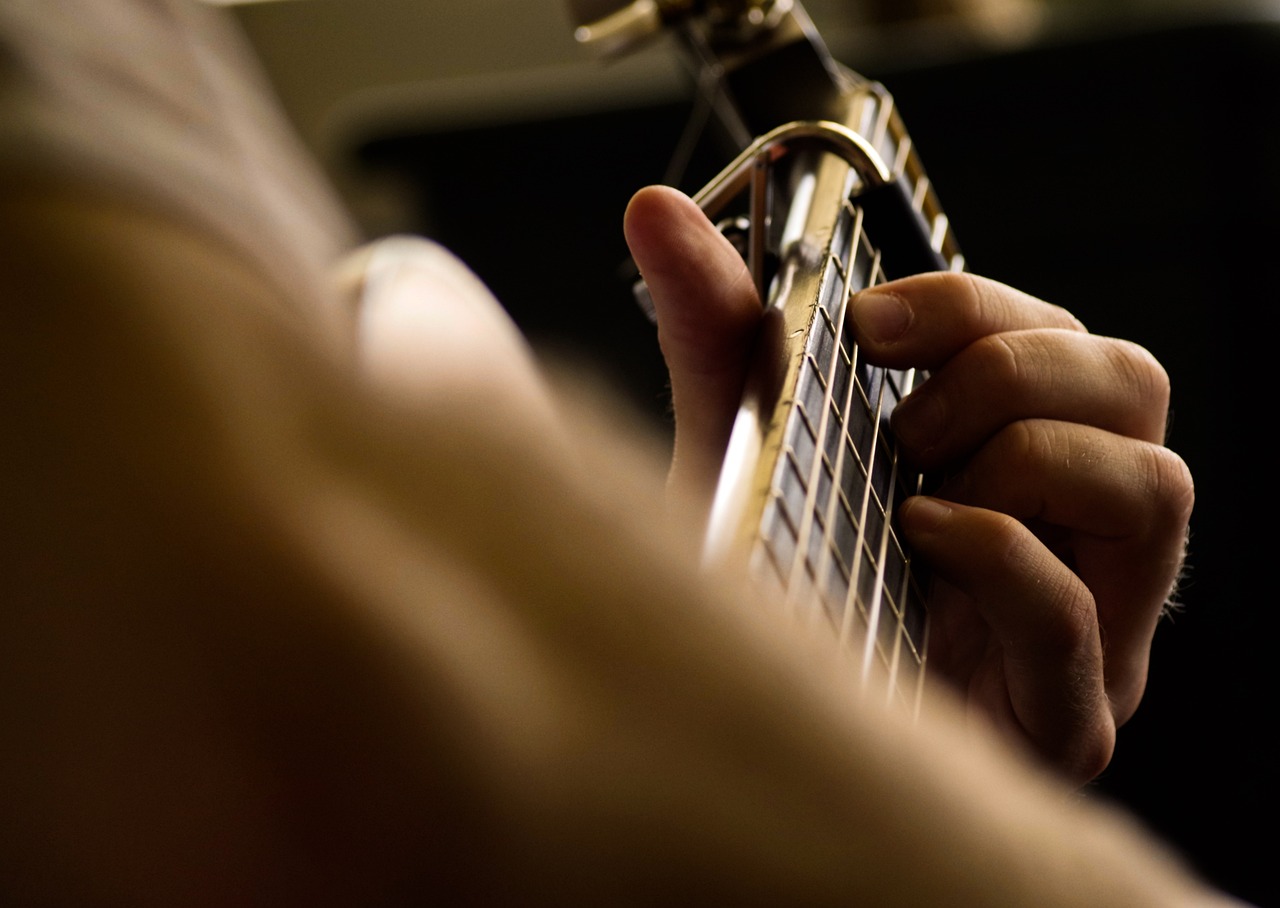
Blind Contour Exercises
Blind contour exercises are a fantastic way to elevate your drawing skills to a whole new level. Imagine trying to draw something while completely ignoring the paper in front of you. Sounds crazy, right? But that's the beauty of it! This technique forces you to focus entirely on your subject, enhancing your ability to observe and capture its essence. When you engage in blind contour drawing, you're not just practicing your hand movements; you're training your eyes to see shapes, lines, and proportions with incredible accuracy.
So, how does it work? The idea is simple: pick an object—maybe a plant, a coffee mug, or even your own hand. As you look at the object, you start drawing its contours without glancing at your paper. This method is like a dance between your eyes and your hand, where your eyes lead the way and your hand follows. Initially, your drawings may look like abstract art, but don't be discouraged! With practice, you'll notice a significant improvement in your ability to perceive details.
One of the key benefits of blind contour exercises is that they help develop your hand-eye coordination. When you draw without looking, your brain has to work overtime to connect what you're seeing to what you're drawing. This heightened awareness translates into better observation skills in all your artistic endeavors. You might find that after a few sessions, you start to notice details you previously overlooked, such as subtle curves or the play of light and shadow on your subject.
To get started with blind contour drawing, follow these simple steps:
- Choose Your Subject: Select an object that interests you. It can be anything from a simple fruit to a more complex still life arrangement.
- Set Up Your Workspace: Find a comfortable spot with good lighting where you can see the object clearly.
- Grab Your Materials: All you need is a pencil and paper. No fancy tools required!
- Start Drawing: Focus on the object and begin to draw its contours without looking at your paper. Remember, it’s all about observation!
- Reflect on Your Work: After each session, take a moment to look at your drawing. What did you notice? What could you improve next time?
As you practice, consider setting a timer for short intervals, say 5 to 10 minutes. This will help you stay focused and create a sense of urgency, pushing you to observe more keenly. Over time, you can increase the duration as you become more comfortable with the exercise. The more you practice, the more your observation skills will sharpen, leading to more accurate and expressive drawings.
In conclusion, blind contour exercises are not just a fun and quirky way to draw; they are a powerful tool for any artist looking to enhance their observation skills. By committing to this practice regularly, you’ll develop a deeper understanding of your subjects and improve your overall drawing technique. So grab that pencil, choose an object, and let your eyes guide your hand!
Q: How often should I practice blind contour drawing?
A: Aim for at least 2-3 times a week to see noticeable improvement.
Q: Do I need to be an experienced artist to try this exercise?
A: Absolutely not! Blind contour drawing is suitable for all skill levels. It’s all about observation and practice.
Q: What if my drawings look terrible?
A: That’s perfectly normal! The goal is not to create a beautiful drawing but to improve your observation skills.
Q: Can I use this technique for drawing from photographs?
A: While blind contour is best for live subjects, you can adapt the technique by covering the reference image and focusing solely on the details.
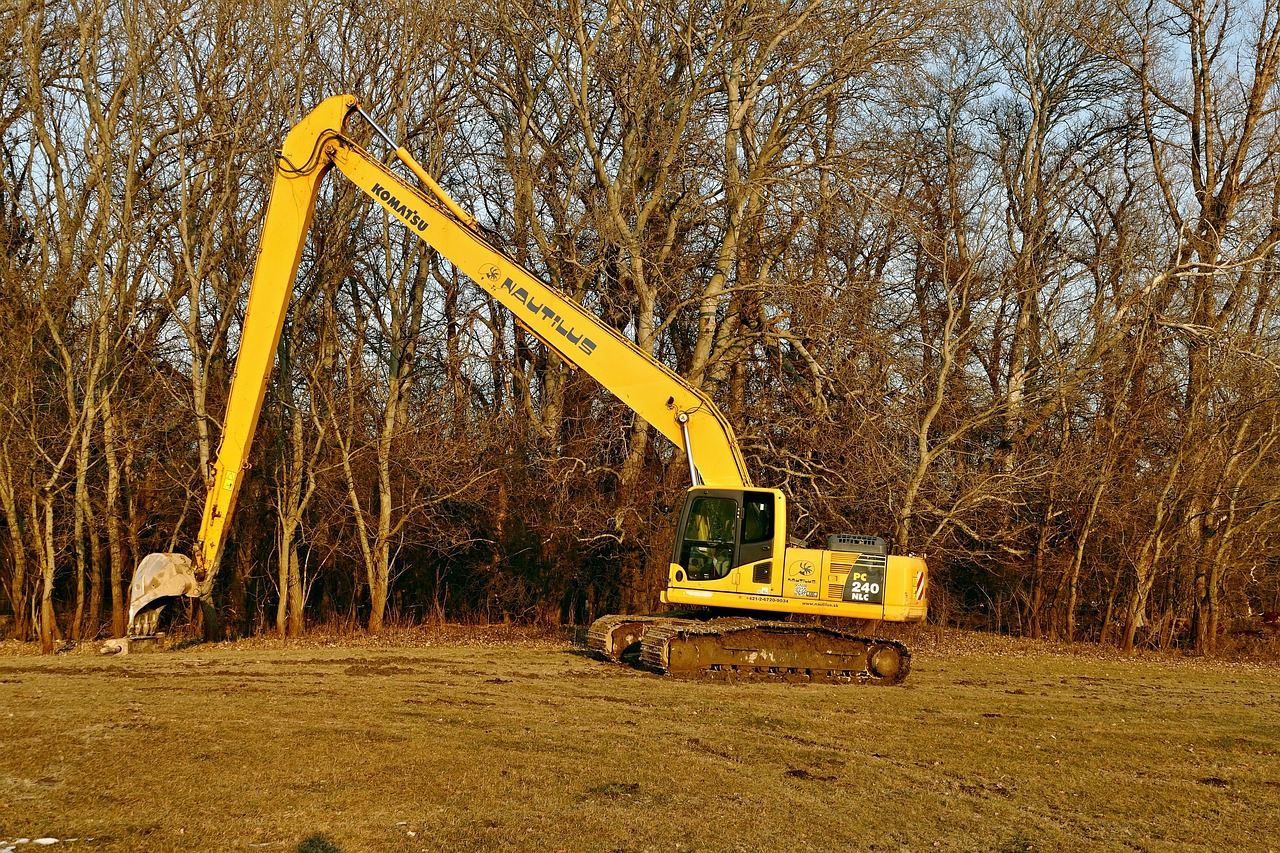
Continuous Line Drawing
Continuous line drawing is a fascinating technique that invites artists to engage deeply with their subject matter. Imagine tracing the contours of an object with a single, unbroken line—no lifting your pencil, no interruptions. This method not only enhances your ability to observe but also fosters a sense of fluidity and connection with what you're drawing. The beauty of continuous line drawing lies in its simplicity; it strips away the distractions of perfection and invites spontaneity into the creative process.
When you practice continuous line drawing, you're essentially training your hand to follow your eye. This exercise encourages you to focus intently on the subject, capturing its essence without getting bogged down by details. As you draw, you might find yourself surprised by the shapes and forms that emerge. It's like peeling back the layers of reality to reveal the underlying structure of what you're observing.
To get started with continuous line drawing, you can follow these simple steps:
- Choose a subject: It can be anything from a simple object like a cup to a more complex arrangement of still life.
- Set up your workspace: Ensure you have a comfortable area with good lighting and minimal distractions.
- Start drawing: Begin at one point of your subject and let your pencil flow continuously, capturing the outline without lifting it off the paper.
- Focus on observation: Pay attention to the shapes, curves, and angles as you draw, allowing your eye to guide your hand.
As you practice, don't be afraid to experiment with different subjects and styles. You might find that drawing a live model or a bustling street scene brings an exciting challenge that pushes your observational skills even further. The key is to embrace the imperfections that come with this technique. Each line you create tells a story, capturing not just the physical attributes of the subject but also the emotional connection you have with it.
In addition to enhancing observation skills, continuous line drawing can also serve as a warm-up exercise before diving into more detailed work. It loosens up your hand and mind, allowing for greater creativity to flow during the drawing process. So next time you sit down to draw, consider starting with a continuous line exercise. You might just discover new dimensions in your artistic practice.
Q: What materials do I need for continuous line drawing?
A: You only need a pencil and paper! However, you can also use pens or markers for a different effect.
Q: Can I draw from photographs?
A: Yes, drawing from photographs is a great way to practice continuous line drawing, especially if you are working on your observation skills.
Q: How can I improve my continuous line drawing?
A: Practice regularly! The more you draw, the more you'll develop your eye-hand coordination and observational skills.
Q: Is continuous line drawing suitable for beginners?
A: Absolutely! It's a fantastic exercise for artists of all levels, helping to build confidence and improve skills.
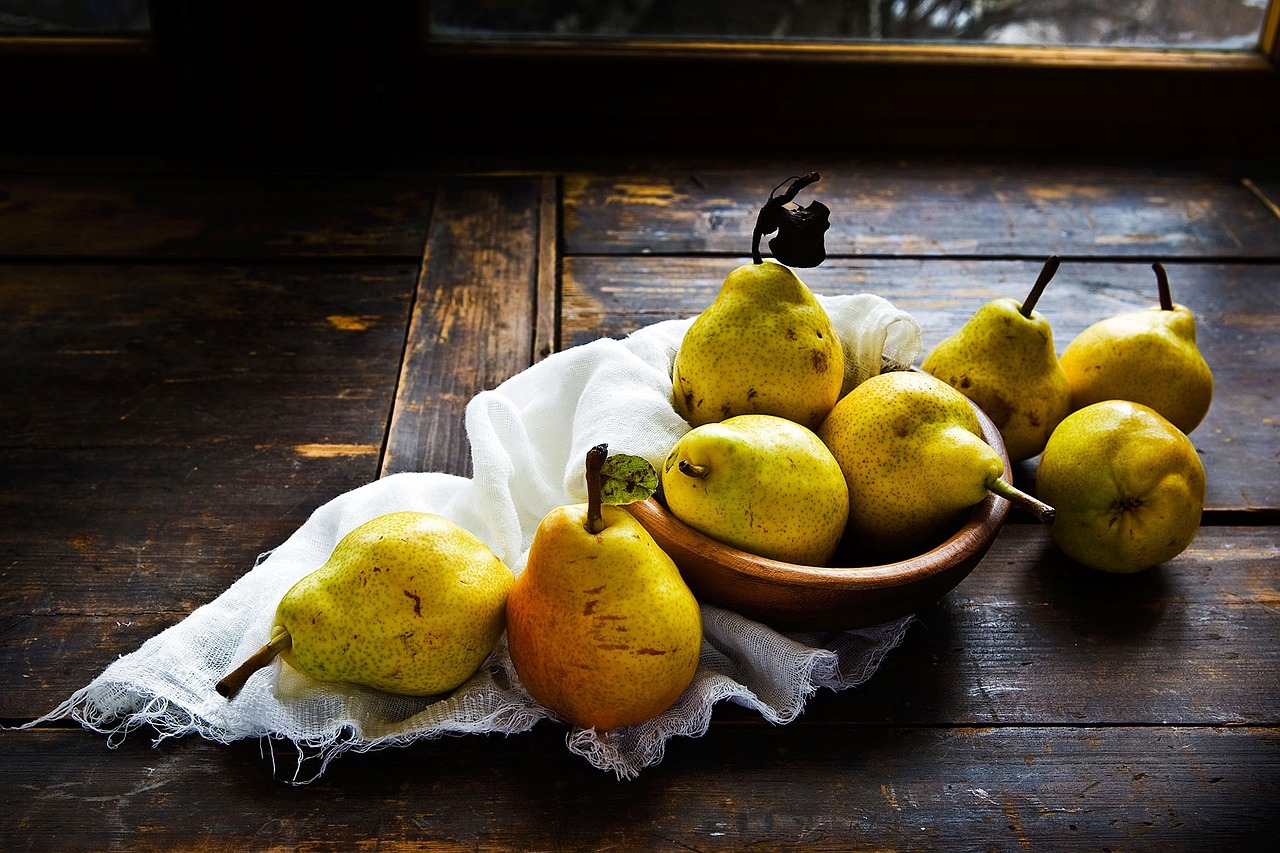
Practicing with Still Life
Practicing with still life is like setting the stage for a grand performance; it allows you to control every aspect of your artistic environment. When you arrange objects in a still life composition, you create a unique opportunity to hone your observation skills and develop a deeper understanding of form, light, and shadow. Imagine being a detective in your own art studio, searching for clues that will lead to a more profound representation of what you see. This practice not only improves your technical skills but also enhances your creative thinking.
To effectively utilize still life, start by selecting a variety of objects that differ in shape, texture, and color. You might choose fruits, flowers, or everyday items like books and cups. The key here is contrast; having objects with different characteristics will challenge your observational skills. For instance, a shiny apple next to a matte ceramic bowl creates a dynamic interplay of light and texture that can be fascinating to capture on paper.
Once you’ve set up your still life, take a moment to really look at your arrangement. What shapes do you see? How do the light and shadows interact with each object? This is where your keen observation comes into play. Spend time sketching the outlines of the objects before diving into details. You might find it helpful to use a grid method or a viewfinder to help you focus on proportions and placements. Remember, the goal here is not just to replicate what you see but to interpret it through your unique artistic lens.
As you draw, pay attention to the relationships between the objects. Are they overlapping? How do their edges interact? Understanding these relationships will add depth and realism to your drawings. You might also consider changing your perspective. Instead of always drawing from eye level, try sitting on the floor or standing on a chair to gain a new viewpoint. This shift can reveal new angles and compositions that you may not have noticed initially.
Another beneficial practice is to incorporate time limits into your still life sessions. Set a timer for 15 or 30 minutes and challenge yourself to capture the essence of your arrangement within that timeframe. This exercise encourages quick observation and decision-making, forcing you to prioritize what you see and translate it onto paper swiftly. You’ll be surprised by how much you can accomplish under pressure!
Lastly, don't shy away from experimenting with different mediums. Try charcoal for its rich blacks and soft edges, or watercolor for its fluidity and transparency. Each medium will offer a different perspective and challenge your observation skills in unique ways. The ultimate goal is to engage with your still life setup actively, allowing it to inform and inspire your artistic journey.
- What should I include in my still life setup? Choose a mix of objects with varying shapes, sizes, and textures to create interest.
- How long should I spend on a still life drawing? Start with shorter sessions of 15-30 minutes to build confidence, then gradually increase the time as you improve.
- Can I use photographs instead of real objects? Yes, but working from real life enhances your observation skills more effectively.
- What if I feel stuck or uninspired? Change your perspective or rearrange your objects to spark new ideas.
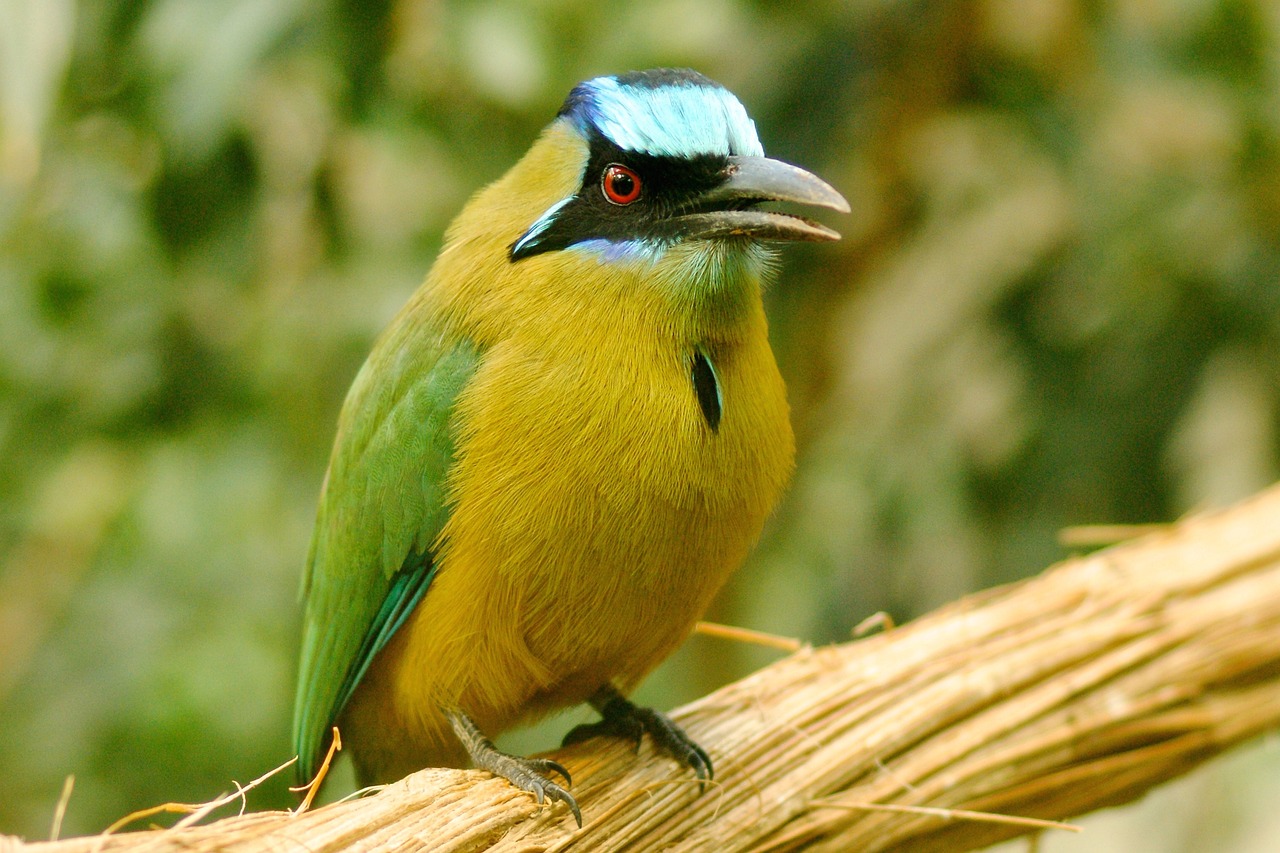
Utilizing Reference Images
When it comes to enhancing your drawing skills, reference images can be your best friend. They serve as a visual guide, providing a wealth of information that can help you capture the essence of your subject matter. But how do you effectively use these images to improve your observation skills? Well, let’s dive into the nitty-gritty of selecting and analyzing reference materials.
First and foremost, choosing the right reference image is crucial. You want to look for images that are high-quality and offer a clear view of the subject. This could be a photograph, a painting, or even a digital image. The key is to find something that resonates with you and inspires your creativity. Once you have your reference image, it’s time to analyze it.
Analyzing a reference image involves breaking it down into its fundamental components. Start by looking at the composition. Ask yourself questions like:
- What elements are included in the frame?
- How are these elements arranged?
- What is the focal point of the image?
Understanding these aspects will help you learn how to balance elements effectively in your own drawings. You can even create a simple
| Element | Observation |
|---|---|
| Focal Point | Where does the eye naturally go? |
| Background | How does it support the main subject? |
| Color Palette | What colors are dominant? |
Next, don’t forget about the importance of studying different perspectives. This means exploring your reference images from various angles and viewpoints. Doing so enhances your spatial awareness and allows you to understand how light and shadow interact with forms. Try to recreate the image from a different angle; it’s like seeing the world through a new lens!
Another effective strategy is to use multiple reference images simultaneously. By comparing different angles or lighting conditions, you can develop a more comprehensive understanding of your subject. This practice not only sharpens your observation skills but also enriches your overall drawing experience.
Lastly, remember that using reference images is not about copying; it’s about learning. Take the time to study your reference images deeply, and don’t hesitate to take notes or sketch thumbnails based on what you observe. This way, you’ll build a mental library of shapes, forms, and compositions that will serve you well in your artistic journey.
Q: Can I use any reference image?
A: Yes, but it’s best to choose images that are clear and relevant to what you want to draw. Look for images that inspire you and challenge your skills.
Q: How do I avoid copying when using reference images?
A: Focus on understanding the elements of the image rather than replicating it. Use it as a guide to inform your own style and interpretation.
Q: Should I always rely on reference images?
A: While reference images are incredibly helpful, it’s also important to practice drawing from life and your imagination. Balance is key!

Analyzing Composition
When it comes to drawing, the composition of your piece can make or break its effectiveness. Think of composition as the architectural framework of your artwork; it dictates how elements are arranged and how they interact with each other. A well-composed drawing draws the viewer's eye and creates a sense of balance, while a poorly composed one can leave the audience feeling lost or disinterested. So, how do you analyze composition effectively? Let's dive in!
First off, it's essential to break down the elements within your reference image. Look for the focal point, the area that naturally draws the viewer's attention. This could be a bright color, a unique shape, or an interesting texture. Once you've identified this focal point, consider its placement within the frame. Is it centered, or is it off to one side? The rule of thirds is a classic guideline that can help you create a more dynamic composition. Imagine dividing your canvas into a grid of nine equal parts; placing your focal point along these lines or at their intersections often results in a more engaging image.
Next, pay attention to the negative space around your subject. Negative space refers to the areas that surround and define the positive space (the subject itself). Analyzing negative space can help you understand the overall balance of your composition. For instance, if your subject is heavy on one side, consider how the negative space can counterbalance it. This could mean adjusting the background elements or even the size of your subject. Remember, a harmonious composition often requires a thoughtful approach to both positive and negative spaces.
Another crucial aspect to consider is line direction. Lines guide the viewer's eye throughout the artwork. Look for natural lines in your reference image, such as the edges of objects or the flow of a figure. Are these lines leading towards your focal point, or are they creating distractions? You can enhance your composition by emphasizing these lines in your drawing, subtly directing the viewer's gaze where you want it to go.
Lastly, don't forget to experiment with color and contrast. Color can significantly impact the mood and energy of your drawing. Analyzing how colors interact within your reference image can inspire you to make bold choices in your artwork. For example, high contrast between light and dark areas can create drama, while a softer palette can evoke calmness. Understanding these dynamics allows you to manipulate your composition intentionally.
In conclusion, analyzing composition is an art in itself. By breaking down elements such as focal points, negative space, line direction, and color contrast, you can create more balanced and engaging drawings. Remember, the more you practice this analytical approach, the more intuitive it will become, leading to improved skills and greater artistic expression.
- What is the rule of thirds? The rule of thirds is a guideline that suggests dividing your canvas into a grid of nine equal parts and placing important elements along these lines or their intersections for a more balanced composition.
- How can I improve my understanding of negative space? Practice by sketching the negative spaces around your subjects. This will help you see the balance and relationships between the objects and their surroundings.
- Is color theory important for composition? Yes! Understanding color theory can help you make informed decisions about color choices, enhancing the mood and impact of your artwork.
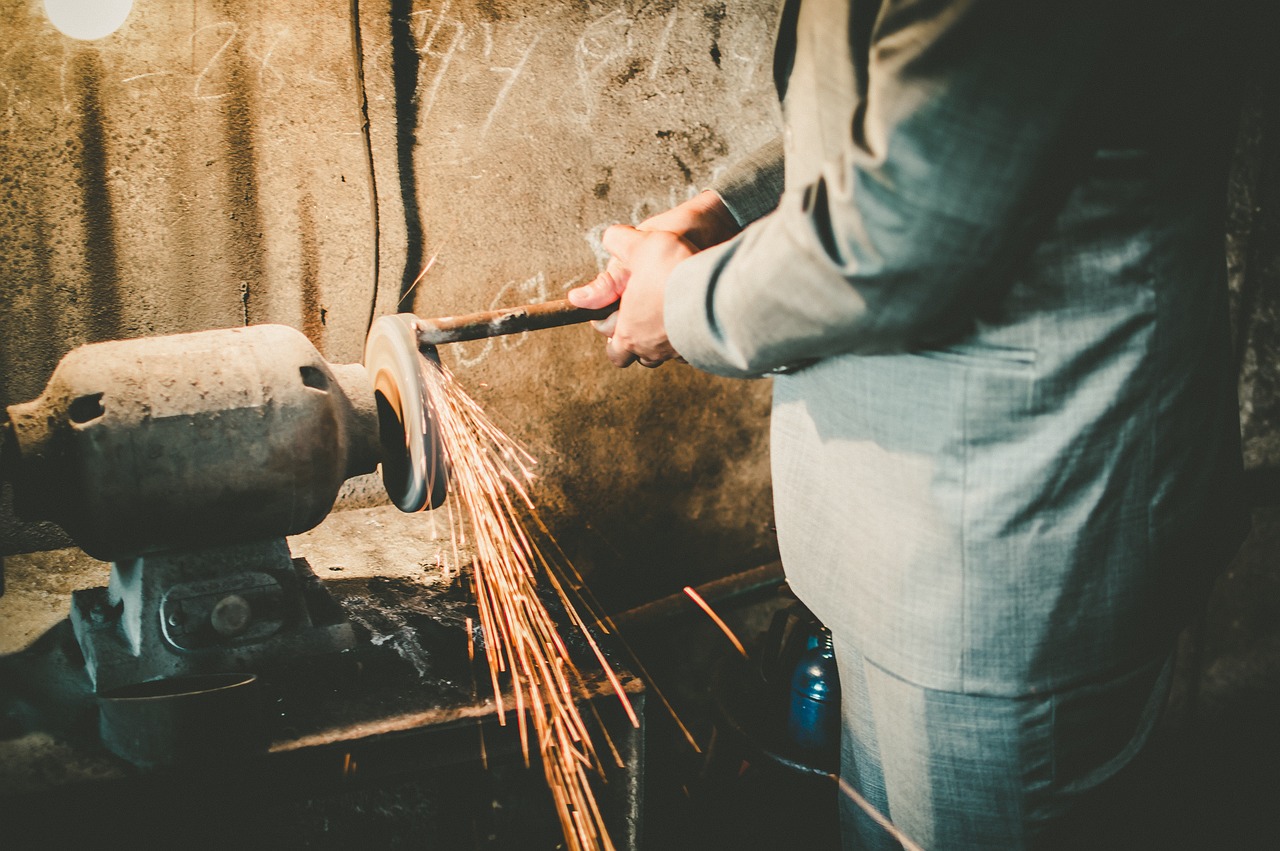
Studying Different Perspectives
When it comes to drawing, understanding different perspectives can be a game changer. Imagine standing in a room filled with furniture; each piece looks different depending on where you're standing. This concept applies to your drawings as well. By studying various perspectives, you not only enhance your ability to depict objects more realistically but also add a layer of depth to your artwork that can captivate your audience.
One of the most effective ways to grasp perspective is to experiment with your viewpoint. Instead of always drawing from eye level, try crouching down or standing on a chair. This shift can reveal details you may have overlooked and can dramatically change the composition of your drawing. Think of it as viewing the world through a kaleidoscope—each turn reveals a new, exciting pattern.
To help illustrate the importance of perspective, consider the following points:
- Spatial Awareness: Different perspectives enhance your understanding of spatial relationships. By observing how objects relate to one another from various angles, you develop a more intuitive grasp of three-dimensional space.
- Dynamic Compositions: Changing your viewpoint can lead to more dynamic and engaging compositions. Instead of a flat, lifeless image, you can create a sense of movement and excitement that draws viewers in.
- Realism: Mastering perspective is essential for achieving realism in your drawings. Whether it's the foreshortening of a hand reaching out or the diminishing size of a street in the distance, perspective is key to making your work believable.
Additionally, studying reference images from various perspectives can be incredibly beneficial. When analyzing these images, take the time to break down how the artist has handled perspective. Look for techniques such as:
| Technique | Description |
|---|---|
| Linear Perspective | Using lines that converge at a vanishing point to create depth. |
| Atmospheric Perspective | Creating the illusion of depth by changing color and clarity. |
| Overlapping Objects | Layering objects to imply depth and distance. |
Incorporating these techniques into your practice will allow you to see the world—and your drawings—in a new light. Remember, the key to mastering perspective is practice and observation. So, grab your sketchbook, find a new viewpoint, and let your creativity flow!
Q: How can I practice different perspectives effectively?
A: Start by choosing a simple object and drawing it from multiple angles. Try to incorporate both close-up and distant perspectives to challenge your understanding of spatial relationships.
Q: What tools can help me study perspective?
A: Tools like perspective grids and apps that simulate different viewpoints can be incredibly useful. Additionally, photography can serve as a great reference for understanding perspective.
Q: Is it necessary to master perspective for all types of drawing?
A: While not all styles require strict adherence to perspective, understanding it can significantly enhance your ability to convey depth and realism in your artwork.
Frequently Asked Questions
- What are observation skills and why are they important for drawing?
Observation skills are the ability to notice and interpret details in your surroundings. For artists, these skills are crucial because they help in capturing the essence of a subject accurately. The better your observation skills, the more lifelike and expressive your drawings will be. Think of it like being a detective; the more clues you gather, the clearer the picture becomes!
- How can I practice contour drawing effectively?
To practice contour drawing, start by choosing a simple object and focus on outlining its shape without looking at your paper. This exercise trains your eye to see shapes and proportions more clearly. It’s a bit like trying to solve a puzzle without looking at the picture on the box—you’ll be surprised at how much you can discover!
- What is the difference between blind contour drawing and continuous line drawing?
Blind contour drawing involves drawing the outline of a subject without looking at the paper, which enhances your observation skills. Continuous line drawing, on the other hand, allows you to draw without lifting your pencil, creating a fluid representation of the subject. Both techniques push you to connect more deeply with what you’re observing, making your drawings more dynamic and engaging!
- How can setting up still life arrangements improve my drawing?
Setting up still life arrangements gives you a controlled environment to practice your observation skills. It allows you to focus on shapes, shadows, and compositions without distractions. Think of it as creating your own mini art studio where you can experiment and refine your skills at your own pace!
- What should I consider when selecting reference images?
When choosing reference images, look for clarity, good lighting, and interesting compositions. Analyze the image to understand how elements are arranged and how light interacts with different surfaces. This process will help you break down complex visuals into manageable parts, making it easier to replicate in your drawings!
- How do different perspectives affect my drawing skills?
Exploring various perspectives can greatly enhance your spatial awareness and understanding of depth. By experimenting with different viewpoints, you’ll learn how to depict objects more realistically. It’s similar to viewing a sculpture from multiple angles; each perspective reveals something new and exciting!



















